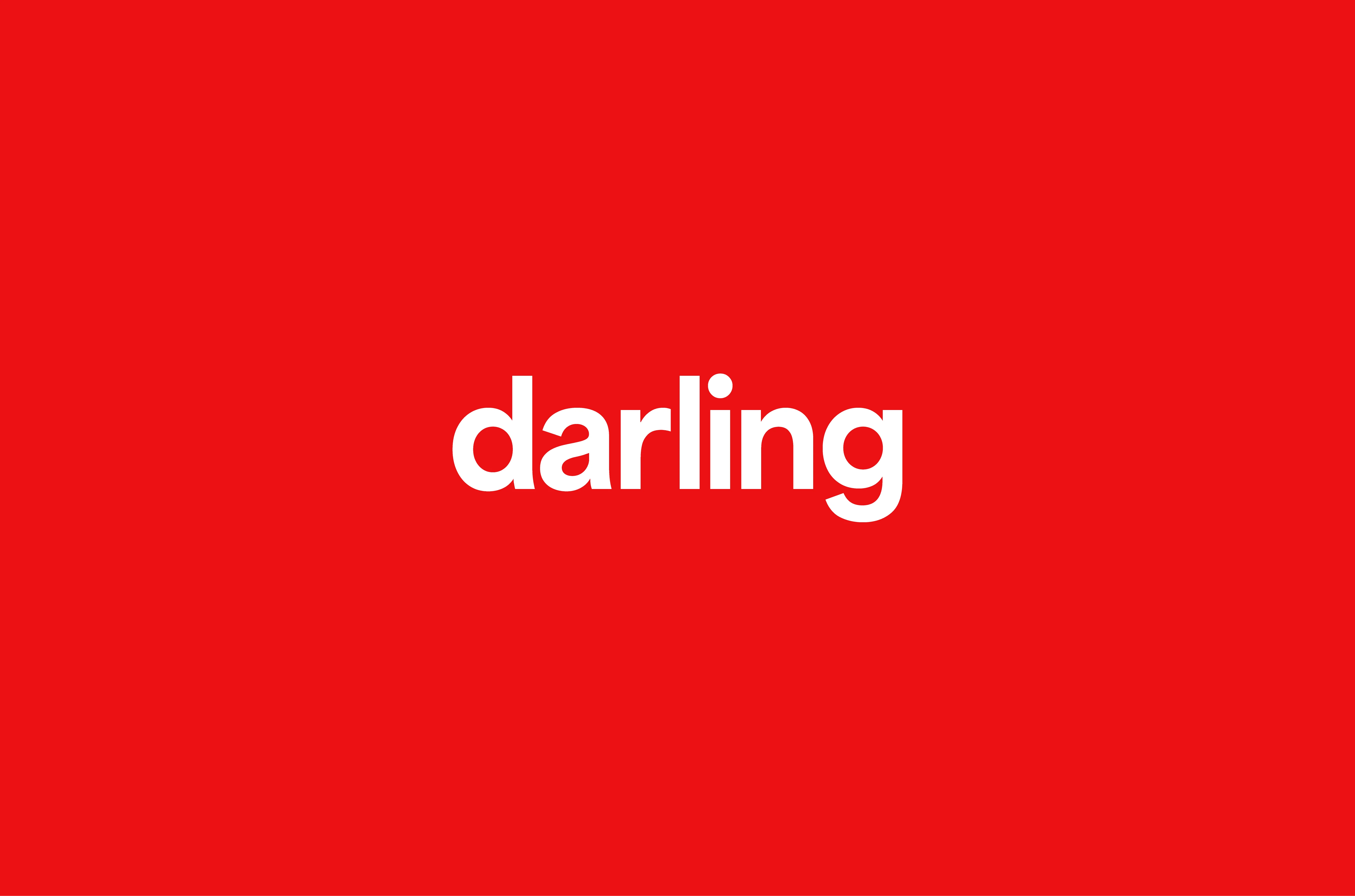Can we keep TikTok pure?
I once loved social. Social media was a happy place for me. I spent my days watching grumpy cats, listening to Tay Zonday singing Chocolate Rain, asking all my friends called Charlie to take me to candy mountain, admiring double rainbows and attempting to recreate the evolution of dance. Blissful.
Then, as with all things, the dark side emerged like 007 emerging from the sea; provocative, sexy, but ultimately dangerous. Trolls arrived to hate and poke fun at unsuspecting people tweeting and posting, brands ignorantly got involved, politics wormed their way into once positive conversations and mob mentality arrived.
Mob mentality is nothing new. Our history is strewn with examples (The Salem Witch Trials, The Holocaust) our literature uses it as plot points (Lord of the Flies, Beauty and the Beast, Frankenstein, The Scarlet Letter), and now it feeds social media. Every hour there is a new mob attacking someone for daring to post an opinion.
And so my sunlit world became murky with only a few occasional bright moments: what color was that dress? Chrissy trolling John, Ryan Reynolds trolling the world, ASMR [can't stop watching], record-breaking eggs, giant cows, Chewbacca Mom, bottle flipping, flossing, fish tubes, and finding my classical art doppelganger...I think that is everything.
But like Arnie rescued those people that one time, a savior came to rescue me - TikTok.
TikTok is a place of unbounded joy, a place of laughter and no ego. This is a place #fail videos are popular, but not because everyone wants to laugh at someone else's misery. People post their own fails and invite you to laugh along with them. It is not about the final beautifully edited piece of content, it is about the journey to get to it, warts and all. It's raw, it's real and it's that overly-used A word - authentic. People pour joy into this platform, and therefore joy pours out of it - the social media circle of positivity. I promise you it exists.
Comments are not easily found, and it's timeline isn't chronological - making it difficult for those trolls and all that hate. And you can't be mean to a person who laughs at themselves - go on try it - it's impossible because they don't care. Yet, while I write this another potential enemy is closing ranks on my oasis - the brands.
I say potential because brands doing social can be brilliant. I follow many brands myself for various reasons - information [Food 52, Antropologie], inspiration [The Strand Bookshop, Barbican Center], and entertainment [New York Public Library and Netflix]. BUT brands can also get it wrong. The saying goes, when a brand creates a trend, it is the signal that the trend is dead. Since TikTok monetized the platform, brands have been hesitant to jump on the bandwagon, it's as if they recognize that this community will not react well to brands inserting themselves into the conversation.
Obviously some have ventured, the brave few, and for the most part it has been under-whelming. Why? Because they have done what brands have been doing since social came into being - they have not understood the platform, they have not recognized what makes it great and so have not found success. Just as marketers back in the day [and a few still] tried to make their OOH and TV advertising fit into a format not designed for that type of content, they are now trying to make their Instagram content work on TikTok. If you are a brand and are currently attempting this - stop. Stop it right now, I beg you.
If you need help to understand how to make this work, then look to E.L.F who created a hashtag challenge for TikTok, which included producing an original piece of music tailored to the 15 sec limit per video and to the hashtag challenge subject. The tune was catchy, the challenge simple and the output was hilarious. WIN!
So, brands if you are listening, please help us keep TikTok pure. Do your research before venturing. You can contribute to the conversation, but you have to be savvy - got it?
Helen Simpson




























































